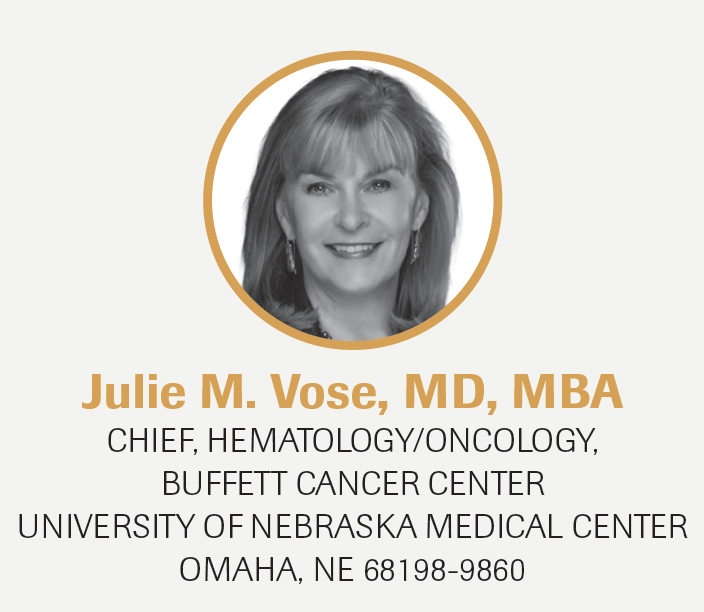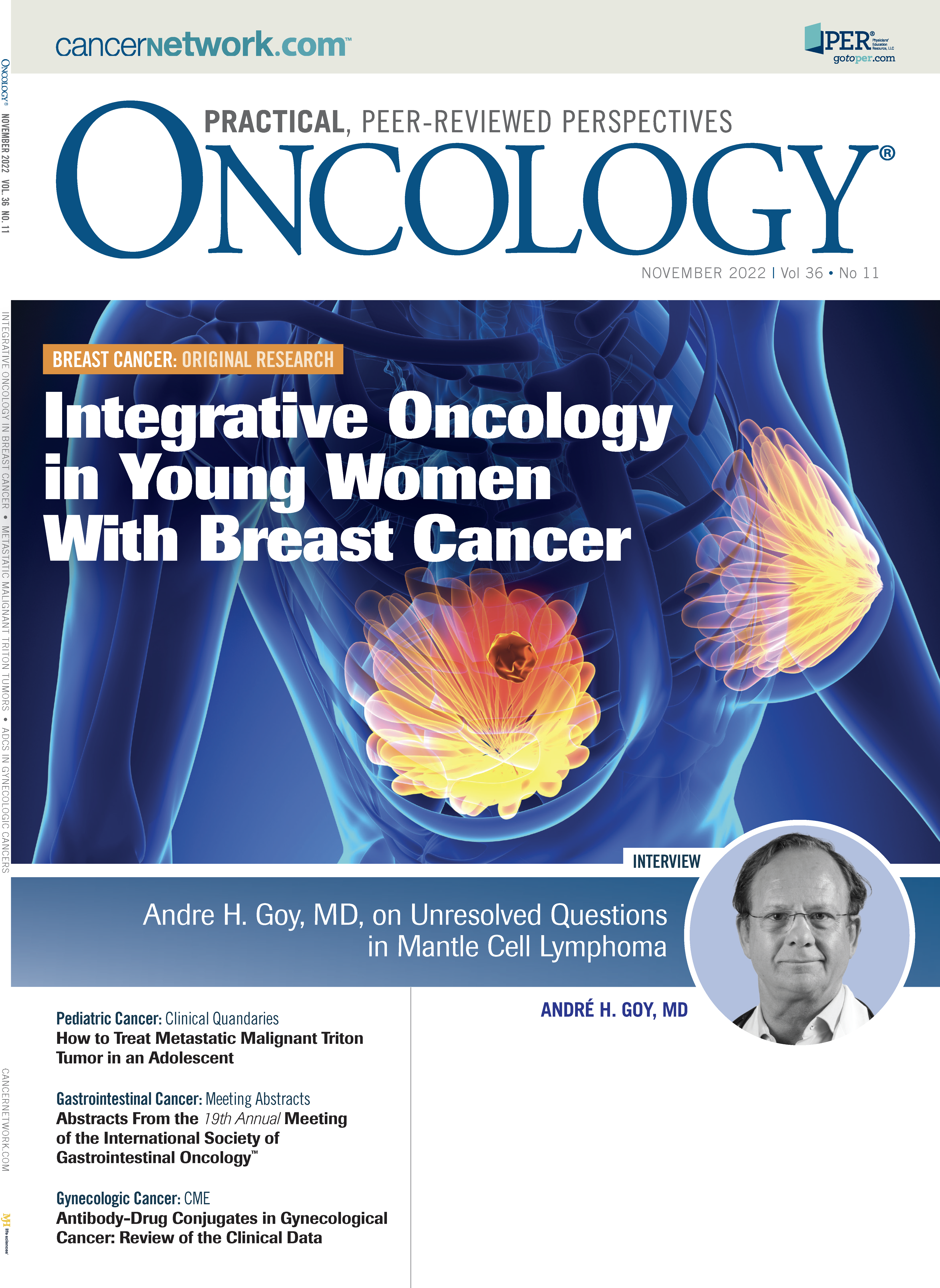LEAD 2022: Enriching Experiences for Women in Hematology & Oncology
In her Letter to the Readers, co-editor-in-chief of the journal ONCOLOGY Julie M. Vose, MD, MBA, reviews developments from the fourth annual LEAD Conference for women in hematology and oncology.

The fourth annual LEAD Conference for women in hematology/oncology was held October 7 and 8, 2022. LEAD stands for Leadership, Empowerment, and Development. Unlike conferences that usually center on diseases or therapies, this one focuses on career building, self-realization, and learning from the career paths of other women in the hematology/oncology field.
As in past years, the conference began with professional vignettes of how female physicians from different professional fields navigated to where they are today. This included physicians and other health care professionals from academia, private practice, and industry discussing the personal and professional interactions that took them on their individual roads to success. We all learn from our own successes and errors as well as those of others. Additional sessions on the first day focused on negotiation skills, with a team exercise on negotiation for salary and resources. It is sometimes recognized that women do not negotiate as often or as successfully as men in the business world. Gaining skills in these areas was the goal of this session.
Another major session was on leadership by Enneagram type. The participants answered many multiple-choice questions about how they would deal with specific situations. This allowed each attendee to get information and insight into their personality style. The Enneagram Institute’s system is based on people understanding their own motivations and personalities, to help each individual understand their leadership style, foster self-awareness, and inspire impactful changes. Leadership types 1 through 9 were discussed, including tips on how to be more successful within core motivations and what to avoid. The first day concluded with an inclusion panel and a discussion of gender dynamics within organizations. Sessions on the second day included coaching and support models as well as a panel discussion with past female presidents of the American Society of Clinical Oncology, American Society of Hematology, and American Association of Cancer Research, who all offered advice on various leadership topics.
Why is this type of conference needed for women in hematology/oncology? One reason is that several studies have now demonstrated large differences in salaries and other benefits for female physicians compared with male physicians.1,2 For instance, a recent study evaluated publicly available data for full-time employed academic physicians in the United States from 2019 to 2020.1 Starting salary, salary in year 10 of employment, annual salary growth rate, and overall earning potential in the first 10 years of employment were estimated for each gender by subspecialty. In this large study, women had lower starting salaries in 42 of 45 (93%) subspecialties—including hematology/oncology—as well as year 10 salaries in 43 of 45 (96%) subspecialties. A commonly cited explanation for these salary differences is that women do not negotiate as frequently or as successfully as men.3 In addition, women who do try to negotiate are often penalized disproportionately.4 Better business and negotiation skills as taught in this course may help to overcome some of these differences. With 45% of first-year hematology/oncology fellows being women in 2021, systems to ensure equality are more important than ever.5
As one of the co-chairs for the LEAD meeting, I hope that our hard work of educating the leaders of tomorrow was successful—and especially hope that someday, soon, such gender-based bias in all aspects of medicine does not exist.
References
- Catenaccio E, Rochlin JM, Simon HK. Addressing gender-based disparities in earning potential in academic medicine. JAMA Netw Open. 2022;5(2):e220067. doi:10.1001/jamanetworkopen.2022.0067
- Jena AB, Olenski AR, Blumenthal DM. Sex differences in physician salary in US public medical schools. JAMA Intern Med. 2016;176(9):1294-1304. doi:10.1001/jamainternmed.2016.3284
- Fischer LH, Bajaj AK. Learning how to ask: women and negotiation. Plast Reconstr Surg. 2017;139(3):753-758. doi:10.1097/PRS.0000000000003063
- Bowles HR, Babcock L, Lai L. Social incentives for gender differences in the propensity to initiate negotiations: sometimes it does hurt to ask. Organiz Behav Hum Decision Processes. 2007;103(1):84-103. doi:10.1016/j.obhdp.2006.09.001
- Home page. American Board of Internal Medicine. Accessed October 20, 2022. https://bit.ly/3gcmRcn
